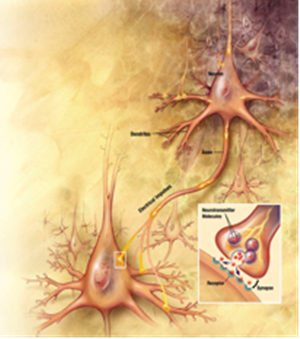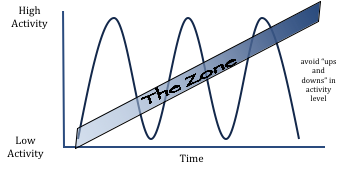The NeuroAssessment and Development Center (NADC)
Utah Office (Main)
2936 S. Highland Drive #101
Salt Lake City, UT . 84106
Travel to Homes is available
Office: 801.649.5300
FAX: 801.606.7812
Dispelling common myths about athletic concussions
Interesting Fact: In the United States, athletes suffer from 300,000 serious sports related concussions every year.
Interesting Fact: Traumatic head injury is more common among males than females. The most brain injuries occur in males between ages 16 and 24.
What happens to the brain during a sports related concussion?
An athletic head injury is a serious type of injury, usually from a large impact that results in a temporary disruption of an athletes normal ability function. The impact can cause the contents of the head to shift or shake inside the skull, which causes altered neurological functions. Little is known as to exactly how and why the brain reacts like it does following this traumatic event, but it has been proven that the it is more susceptible to additional sports injuries following previous accidents of the sort.
Do traumatic brain injuries always involve an athletes loss of consciousness?
No, in fact almost all athletic and sports head injuries (some estimate about 95%) don't include a loss of consciousness. A loss of consciousness is an indicator of the severity of a concussion, but remaining conscious does not mean a injury isn't as serious.
Should athletes ever skip visiting a doctor after serious head trauma?
You should always see a medical professional following a serious athletic brain or head injury. It is extremely important to have proper medical supervision after suffering a traumatic concussion. If there is even the possibility of such a sports related injury, make sure to have a medical examination as quickly as possible.
What are the most common traumatic brain injury symptoms in athletes?
Loss of consciousness is the most obvious symptom of an athletic concussion, but it only occurs in a small number of sports cases. Some of the most common serious symptoms are headaches, disorientation, nausea, or seeing bright lights or stars.
How long do concussion symptoms last and when is it okay for athletes to return to playing sports?
This will vary depending on the individual and how traumatic or serious the head injury is. Symptoms can actually intensify as athletes return to action so they need to make sure to proceed slowly and are being monitored by medical professionals so the brain is not overly stressed.
After how many severe head injuries should a person stop playing sports?
There isn't a set number of traumatic athletic concussions that would force anyone into retirement. Evaluations need to be handled on a case by case basis. The intensity and severity of the individuals condition combined with how closely together the events occur are all factors. If there is concern of recurring concussions that could potentially lead to long term traumatic brain damage a thorough and serious discussion between the athlete, their family, and the athletic doctor needs to occur.





